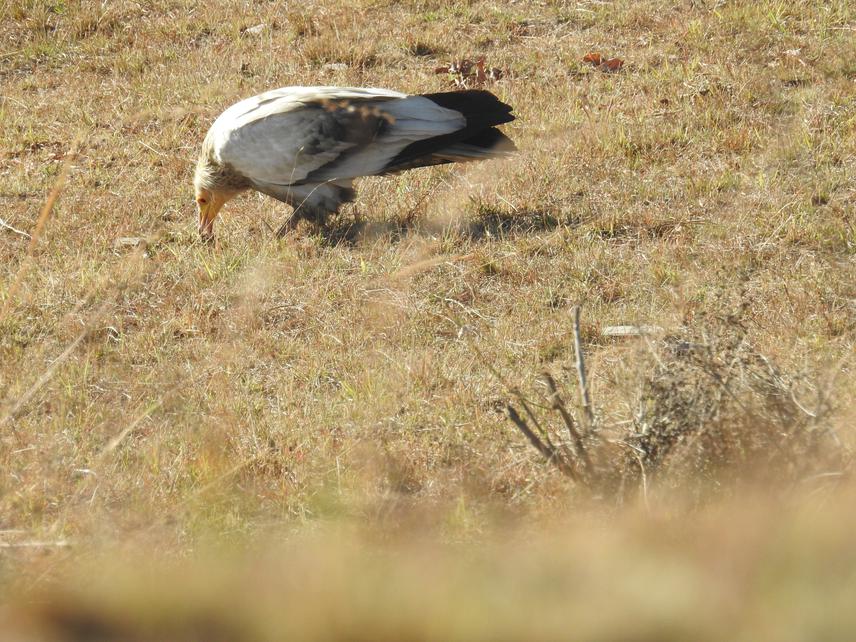Suman Ghimire
Assessing the existing status of Accipitridae vultures and organize community outreach program in order to scale up importance of vulture conservation in broader spectrum in Salyan district, Nepal.

Vultures, most effective scavengers of the terrestrial ecosystem, are at risk of extinction due to their catastrophic declination in recent years. Among nine species of Accipitridae vultures recorded in Nepal, three residential breeders; Sarcogyps calvus, Gyps tenuirostris and Gyps bengalensis vultures are categorized as Critically Endangered under IUCN Red Data Book (IUCN, 2016) and are recognized nationally as Critically Endangered (Inskipp et al., 2016). IUCN had put Gyps indicus in the Critically Endangered category while, it is not specified nationally yet because of its vagrant occurrence in feeding sites only. Another resident breeder in Nepal; Neophron percnopterus is a globally Endangered but nationally Vulnerable species. Aegypius monachus, a winter migrant to Nepal is globally a Near Threatened species while, nationally an Endangered one. Two other residential breeders; Gypaetus barbatus and Gyps himalyensis are classified as Near Threatened and vulnerable in global and national context respectively. G. fulvus is a least concerned species, globally and considered data deficient, nationally. In depth study of these threatened species in their extended and potential habitats is fundamental for their long term conservation. Bird Conservation Nepal (2013) has recorded four vulture species in Salyan district, Nepal including the Critically Endangered Red-headed Vulture but their actual status and distribution over there is still unknown.
Although NSAID drug Diclofenac, a major cause of vulture declination, has been banned in Nepal in 2006 and Salyan District was declared as Diclofenac Free Zone in 2012; other NSAIDs like Nimesulide, Aceclofenac and Ketoprofen have already been identified to be toxic to vultures (Naidoo et al. 2009; Sharma, 2010) but are not still banned legally for veterinary use in Nepal. Use of Nimesulide and Ketoprofen in cattle and misuse of human diclofenac for cattle treatment, secondary poisoning on carcasses and other human persecutions are identified as prevailing threats to vultures during preliminary visit to Salyan. In these regards this project focuses to document comprehensive information on vultures and initiate public participation for conserving vulture colonies in Salyan District, Nepal. Specifically, the objectives of this project are; pocket area identification of vultures in Salyan, nest monitoring and creating local peoples’ consensus on vulture conservation. For achieving these objectives, seasonal vulture surveys via vehicular road survey technique, detailed nest survey, school teaching programs, rally and district level essay writing and speech competitions on ecological importance of vultures will be deployed. Postupalsky (1974) criterion will be followed for assessing the breeding success of vultures.